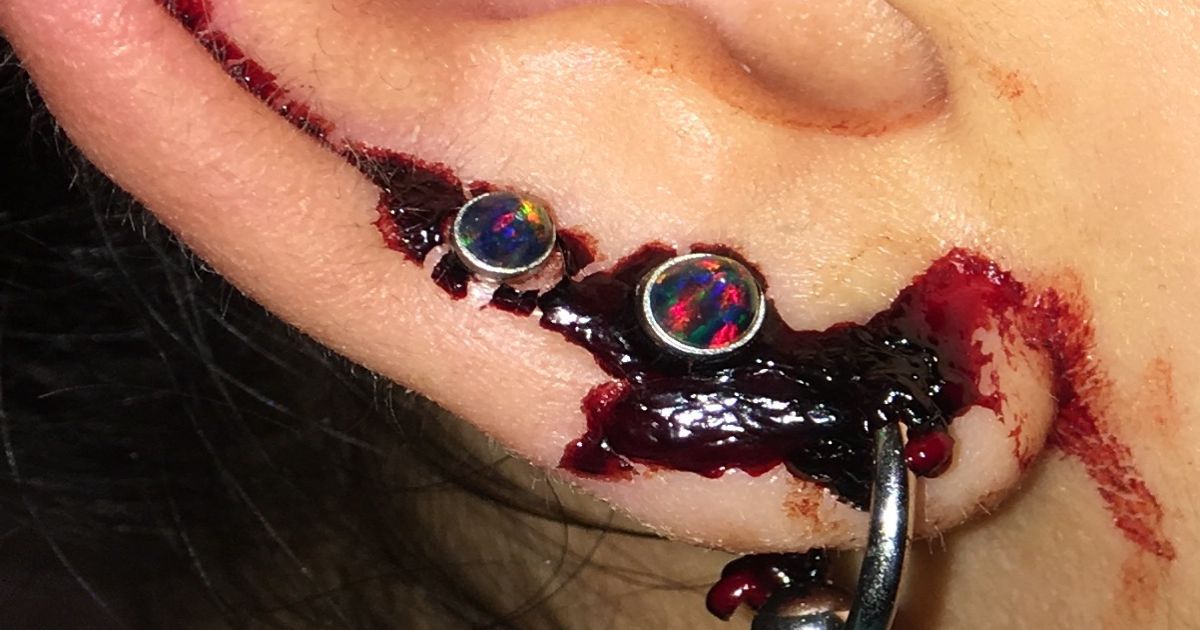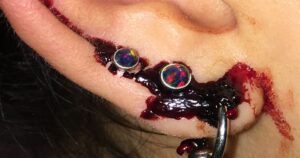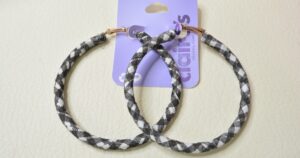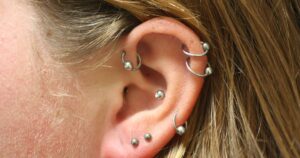Embarking on the journey of ear piercing is an exciting personal expression, but encountering unexpected bleeding can be concerning. In this article, we delve into the various factors that may contribute to bleeding after ear piercing, exploring causes, preventative measures, and guidance on navigating a safe and healthy healing process.
Curious about the unexpected twist in your ear piercing journey? What Does It Mean If My Ear Piercing Is Bleeding? unravels the mystery, delving into causes, remedies, and essential insights. Explore the world of piercing care as we decipher the signals your bleeding ear piercing might be sending.
Understanding Normal Healing Processes
Understanding normal healing processes refers to gaining insight into the typical and expected stages a body goes through during the healing of a wound or injury, specifically related to ear piercings in this context. After getting an ear piercing, the body initiates a natural healing response. Initially, there might be some redness, swelling, and possibly bleeding, which are all part of the body’s defense mechanism to protect against infection.
As the healing process progresses, the body forms a protective layer of tissue around the piercing site, and the initial discomfort diminishes. Normal healing also involves the production of collagen to strengthen the tissue. It’s essential to recognize these stages to distinguish between normal healing and potential complications.
Understanding the typical healing trajectory empowers individuals to differentiate between expected reactions and signs of infection or other issues. This knowledge aids in proper aftercare practices, ensuring a smooth healing process and reducing the risk of complications associated with ear piercings.
Common Causes of Bleeding After Ear Piercing
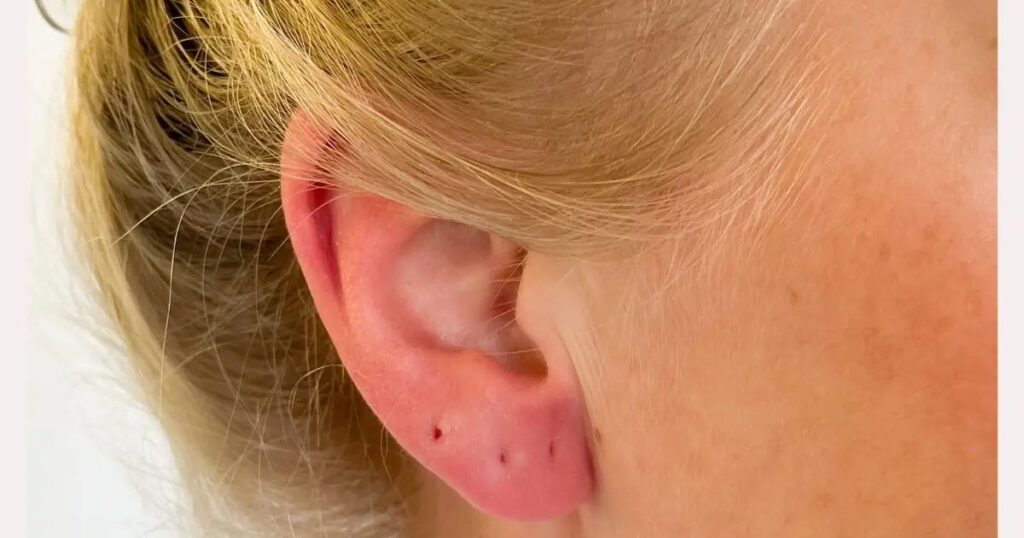
Bleeding after ear piercing can be unsettling, but understanding the common causes can provide clarity and guidance. One primary cause is trauma during the piercing process. If the piercing needle or jewelry irritates the delicate blood vessels in the earlobe, it may result in minor bleeding.
Additionally, improper aftercare, such as excessive touching or using harsh cleaning solutions, can disrupt the healing process, leading to bleeding. Infections, although less common, can also contribute to bleeding. Recognizing these common causes empowers individuals to take appropriate steps for a smoother and healthier healing journey.
Signs of Infection and How to Identify Them
“Signs of infection and how to identify them refers to understanding the indicators that an ear piercing may be infected and recognizing them early on. Common signs include persistent redness, swelling, increased pain, warmth around the piercing, and the presence of pus or unusual discharge. Additionally, if the pierced area becomes excessively tender or if you experience prolonged bleeding—factors crucial to consider when wondering about the significance of an earring in the left ear these could be signs of an infection.
Identifying these signs is crucial for prompt intervention to prevent the infection from worsening. Timely and appropriate action may involve consulting a healthcare professional, adjusting the aftercare routine, or, in severe cases, removing the jewelry. By recognizing the signs of infection, individuals can take proactive steps to address the issue and ensure the successful healing of their ear piercing.
Proper Aftercare: A Key to Preventing Bleeding
Proper aftercare is paramount in ensuring a smooth and complication-free healing process after getting an ear piercing, playing a crucial role in preventing bleeding. This involves maintaining a clean environment around the pierced area, washing hands thoroughly before touching the piercing, and using a saline solution or an antiseptic solution recommended by a professional to clean the piercing.
Avoiding undue trauma, such as excessive twisting or turning of the jewelry, is also essential. Choosing appropriate jewelry materials, such as hypoallergenic options, can further reduce the risk of irritation. Consistency in following aftercare instructions, including refraining from swimming in pools or hot tubs during the initial healing period, contributes significantly to preventing infections and, consequently, bleeding.
By prioritizing proper aftercare practices, individuals promote optimal healing conditions, minimizing the likelihood of complications and ensuring a comfortable and trouble-free experience with their ear piercings.
When to Seek Professional Help
Knowing when to seek professional help is crucial for the well-being of your ear piercing. If you observe persistent or worsening signs of infection, such as intense pain, severe swelling, or the presence of green or yellow discharge, it’s imperative to consult a healthcare professional promptly. Excessive and prolonged bleeding beyond the initial stages of piercing may also warrant professional attention.
A professional can assess the situation, provide appropriate medical advice, and prescribe necessary treatments, such as antibiotics for infections. Additionally, seeking help from a qualified piercer or healthcare provider is essential if you suspect an allergic reaction to the jewelry or encounter any other unusual complications. Early intervention by a professional ensures proper care, minimizing the risk of complications and promoting a successful healing process for your ear piercing.
Potential Complications and How to Address Them
Understanding potential complications is crucial when caring for an ear piercing. Issues such as infections, excessive bleeding, or allergic reactions can arise. If complications occur, it’s essential to address them promptly. Immediate action may involve cleaning the area with a saline solution, avoiding irritants, and refraining from changing jewelry prematurely. For persistent problems or signs of infection, seeking professional advice ensures accurate diagnosis and appropriate treatment. By being proactive and knowledgeable about potential complications, individuals can effectively navigate challenges and foster a successful healing process for their ear piercings.
Choosing the Right Jewelry for Your Healing Piercing
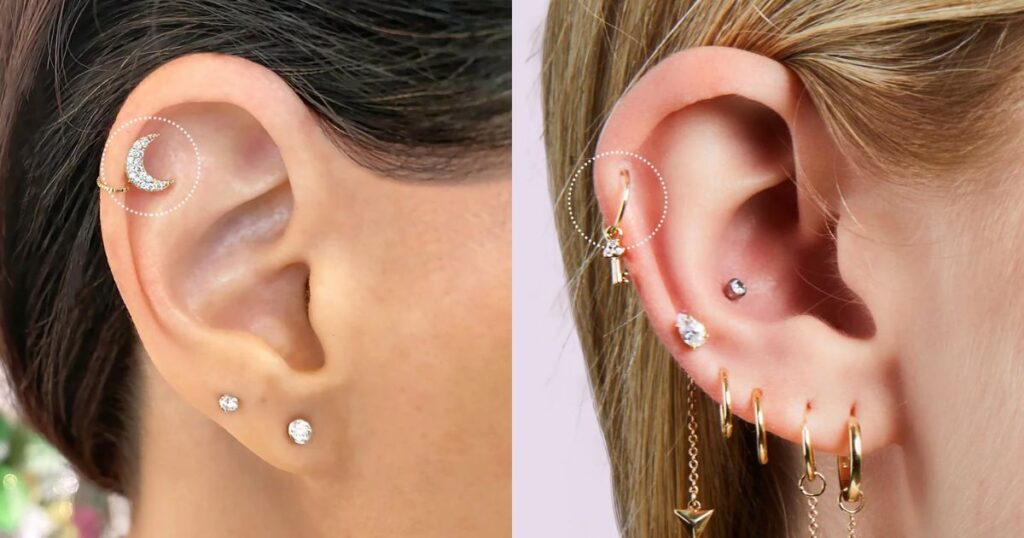
Selecting the right jewelry for a healing ear piercing is crucial in promoting a smooth and complication-free recovery. Opt for materials known for their hypoallergenic properties, like titanium or surgical stainless steel, to minimize the risk of irritation or allergic reactions. The jewelry’s design matters too; choose pieces with smooth, flat surfaces to prevent snagging on clothing or bedding.
Moreover, consider the size and weight of the jewelry, ensuring it’s appropriate for the healing stage to prevent unnecessary stress on the piercing. A well-informed jewelry choice contributes significantly to the overall health and comfort of your healing ear piercing.
Tips for Minimizing Discomfort During the Healing Process
1. Gentle Cleaning Practices: Use a saline solution to clean your piercing, avoiding harsh chemicals that can cause irritation. Cleanse the area gently, minimizing friction and promoting healing.
2. Avoiding Excessive Touching: Resist the urge to frequently touch or twist the jewelry, reducing the risk of introducing bacteria and preventing unnecessary irritation.
3. Optimal Sleeping Positions: Choose a sleeping position that minimizes pressure on the healing ear, such as sleeping on the opposite side, to reduce discomfort and potential disturbances to the piercing.
4. Clothing Considerations: Wear loose-fitting, breathable clothing to prevent friction against the piercing site, promoting a comfortable healing environment.
5. Hydrate Well: Staying well-hydrated supports overall healing and reduces the risk of dehydration-related complications. Drink plenty of water to aid the body’s natural recovery processes.
6. Manage Stress: Stress can impact the body’s ability to heal. Incorporate stress-reducing activities into your routine, such as deep breathing exercises or meditation, to support a smoother healing process.
7. Balanced Diet: Ensure your diet includes essential nutrients like vitamin C, zinc, and protein, which contribute to tissue repair and overall health, facilitating the healing of your ear piercing.
8. Timely Jewelry Checks: Regularly inspect your jewelry for any signs of damage or tightness. Adjusting or replacing jewelry as needed prevents unnecessary discomfort and supports a healthy healing process.
FAQ’s
Is it normal for ear piercings to bleed?
Occasional bleeding right after piercing is normal due to minor trauma. However, continuous or heavy bleeding is not typical and may indicate a problem.
Is it okay to leave dried blood on the piercing?
It’s advisable to gently clean dried blood with a saline solution. Leaving it may lead to discomfort and hinder the healing process.
What if my piercing bump bleeds?
A bleeding bump may indicate irritation or infection. Clean the area with a saline solution and consult a professional if the issue persists.
Should I take out an infected piercing?
Removing the jewelry can trap the infection. Consult a healthcare professional for proper guidance and potential treatment options for an infected piercing.
Conclusion
To sum it up, understanding what does it mean if my ear piercing is bleeding? Is essential for a positive piercing experience. Bleeding during the initial stages is normal, reflecting the body’s healing process. However, persistent or excessive bleeding, along with signs of infection, demands attention.
Proper aftercare, choosing the right jewelry, and timely professional consultation are pivotal in navigating potential complications. By adhering to these guidelines, individuals can foster a healthy healing process, ensuring their ear piercings become not just a form of self-expression but a testament to responsible care and well-being. Stay informed, and attentive, and enjoy the journey of adorned self-expression responsibly.
